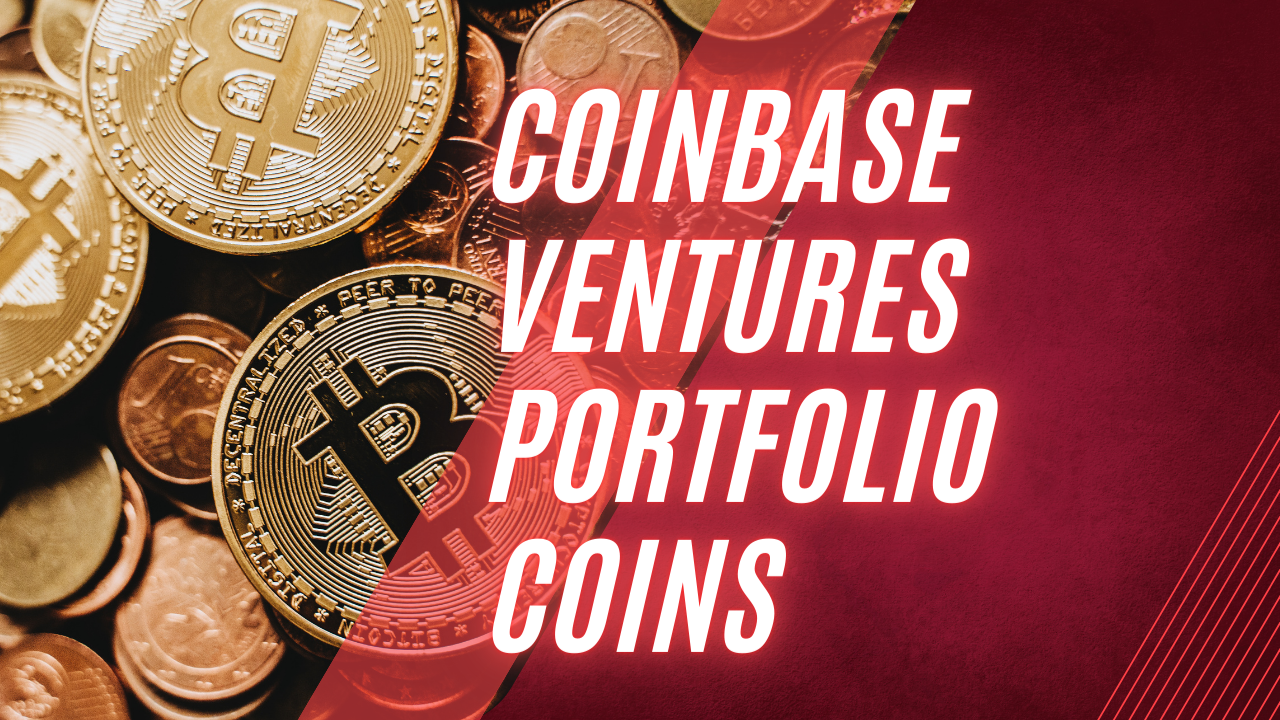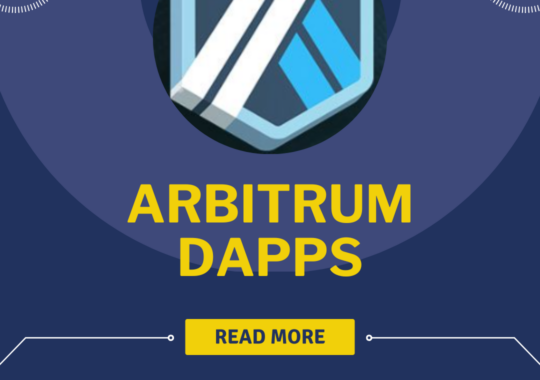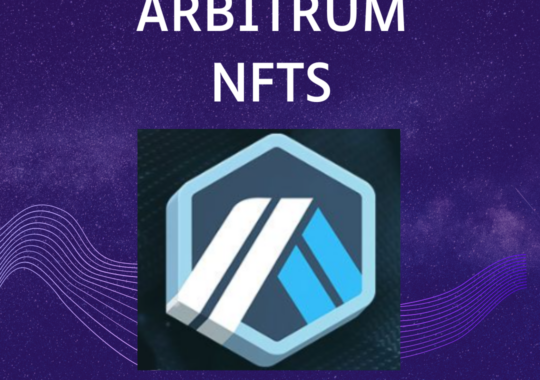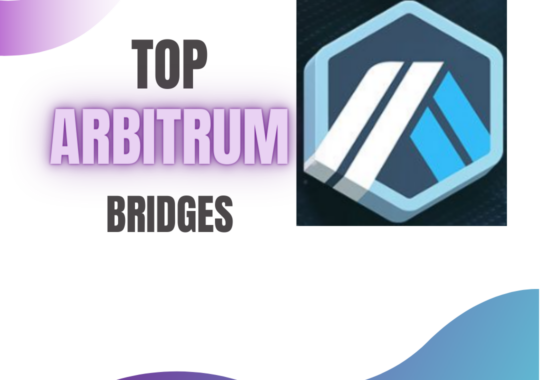Coinbase Ventures stands as a beacon of innovation within the dynamic realm of cryptocurrencies and decentralized technologies. Beyond mere financial backing, it serves as a catalyst, propelling forward the boundaries of possibility. This article delves into the essence of Coinbase Ventures Portfolio coins. – its purpose, mission, and profound influence on the crypto ecosystem.

Understanding Coinbase Ventures Portfolio coins
The portfolio of Coinbase Ventures encompasses a diverse array of cryptocurrencies, representing the investments made by Coinbase’s investment arm in promising early-stage blockchain and cryptocurrency ventures. These cryptocurrencies, commonly referred to as coins, embody the innovation and potential within the crypto landscape. Among the notable entries in the portfolio are Polygon (MATIC), Uniswap (UNI), NEAR Protocol (NEAR), The Graph (GRT), and several others. Each coin brings forth its distinct value proposition, enriching the multifaceted dynamics of the crypto market.
The cumulative market capitalization of the portfolio stands as a testament to the substantial influence wielded by these coins within the crypto sphere. As symbols of technological advancement and entrepreneurial ingenuity, they contribute to shaping the future trajectory of decentralized finance and blockchain-based solutions.
Portfolio and Vision
Coinbase Ventures boasts a robust portfolio, backing ventures that epitomize innovation and promise. Here’s a glimpse into some of its notable investments:
- DeFi Protocols: Supporting decentralized finance protocols facilitating peer-to-peer asset transactions, lending, and borrowing sans intermediaries.
- Layer 1 Blockchains: Investing in foundational blockchains like Ethereum, Solana, and Avalanche, which serve as the bedrock of the crypto ecosystem.
- Web3 Infrastructure: Recognizing the significance of resilient infrastructure for web3 applications, Coinbase Ventures champions projects fostering scalability, security, and interoperability.
- Crypto Gaming and NFTs: With the surge in popularity of NFTs and blockchain-based gaming, Coinbase Ventures actively scouts for pioneering ventures in this burgeoning domain.
Top Coinbase Ventures Portfolio coins
-
Bitcoin (BTC)
2. Ethereum (ETH)
Ethereum (ETH) stands as a decentralized, open-source blockchain system that introduces its native cryptocurrency, Ether, while serving as a foundational platform for a multitude of other cryptocurrencies. Its hallmark feature lies in enabling the execution of decentralized smart contracts. Here are some key highlights about Ethereum:
Blockchain Launch and Updates:
- The Ethereum Foundation officially propelled the blockchain into existence on July 30, 2015, introducing it under the prototype codenamed “Frontier.”
- Since its inception, Ethereum has undergone a series of pivotal network updates, including “Constantinople,” “Istanbul,” “Muir Glacier,” “Berlin,” and the most recent, the “London” hard fork on August 5, 2021.
Present State:
- As of now, Ethereum commands a price hovering around $3,935.21 USD, backed by a formidable 24-hour trading volume of $25.1 billion USD.
- In terms of market capitalization, it boasts a commanding figure of $472.6 billion USD.
3. Polygon (MATIC)
Polygon (MATIC), formerly known as Matic Network, stands as both a cryptocurrency and a technological platform aimed at addressing Ethereum’s scalability concerns and facilitating the proliferation of Ethereum-compatible projects and blockchains. Here’s an in-depth exploration:
How Does Polygon Work?
-
- Polygon amalgamates the Plasma Framework with a proof-of-stake (PoS) blockchain architecture.
- Originated by Ethereum co-founder Vitalik Buterin, the Plasma framework enables scalable and self-governing smart contracts.
- Polygon achieves impressive throughput, supporting up to 65,000 transactions per second on a single side chain, with a swift block confirmation time of under two seconds.
- By enabling the creation of decentralized financial applications on a foundational blockchain, Polygon surmounts common limitations associated with proof-of-work blockchains.
- The platform has already witnessed migration of over 50 DApps to its PoS-secured Ethereum sidechain.
MATIC Token:
-
-
- MATIC operates as an ERC-20 token running on the Ethereum blockchain.
- Within the Polygon ecosystem, MATIC serves as a means for payment services and facilitates settlement transactions among users.
- Unlike cryptocurrencies with indefinite supplies, the issuance of MATIC is finite, with an approximate circulation of $7.4 billion tokens.
-
4. Uniswap (UNI)
Uniswap (UNI) emerges as a prominent decentralized trading protocol, playing a pivotal role in facilitating automated trading of decentralized finance (DeFi) tokens. Here’s a detailed exploration:
UNI Token:
-
- Uniswap introduced its proprietary governance token, UNI, in September 2020.
- UNI serves dual roles:
- Profitability Potential: Users can earn UNI by actively participating in the protocol.
- Governance: UNI holders wield influence over Uniswap’s trajectory, ensuring its decentralized and community-driven nature.
- What Makes Uniswap Unique?
- Uniswap is dedicated to fostering liquidity within the DeFi landscape.
- It streamlines market making processes, incentivizing engagement while mitigating costs and risks.
- Any individual can establish a liquidity pool for any token pair.
- The introduction of UNI solidifies Uniswap’s status as publicly-owned and self-sustaining infrastructure.
- Current Status:
- Presently, the live Uniswap price stands at $14.79 USD, with a robust 24-hour trading volume of $511,423,271 USD.
- In terms of market capitalization, it boasts a substantial figure of $8,857,024,780 USD.
5. NEAR Protocol (NEAR)
NEAR Protocol (NEAR) stands out as a layer-one blockchain, heralded as the “Blockchain Operating System for an Open Web.” Beyond mere blockchain functionality, NEAR is engineered to serve as a robust foundation for hosting potent decentralized applications (dApps) and pioneering financial primitives. Here’s a deeper dive into its intricacies:
Purpose and Features:
-
- NEAR Protocol is envisioned as a user-friendly blockchain platform, tailored to meet the diverse requirements of individuals and enterprises worldwide.
- It addresses prevalent shortcomings observed in competing blockchains, such as sluggish transaction speeds, limited throughput, and inadequate interoperability.
- NEAR empowers developers to construct dApps, capitalizing on its prowess as a highly capable layer-1 blockchain.
6. The Graph (GRT)
The Graph (GRT) emerges as a decentralized cryptocurrency boasting versatile applications within a community-driven, open ecosystem. It functions as an indexing protocol, facilitating data querying from networks like Ethereum and IPFS, and serves as a backbone for numerous decentralized applications (DApps). Here’s an in-depth look at The Graph:
How It Works:
-
- Operating akin to Google’s web content indexing, The Graph indexes blockchain data, facilitating efficient querying.
- Currently, it supports data indexing from Ethereum, IPFS, and POA networks, with plans to expand support to additional networks.
- Over 3,000 subgraphs have been deployed by a myriad of developers, powering DApps like Uniswap, Synthetix, AAVE, and Gnosis, among others.
- The usage of The Graph has witnessed remarkable growth, with over 7 billion queries recorded in September 2020 alone.
- Community and Funding:
- The Graph boasts a vibrant global community, encompassing over 200 Indexer Nodes in the testnet and over 2,000 Curators.
- Funding for network development has been sourced from community members, strategic venture capitalists, and influential figures within the blockchain community.
- The Graph Foundation successfully concluded a public GRT Sale, spanning 99 countries (excluding the U.S.), generating approximately $25 million in funding.
Conclusion
In conclusion, the Coinbase Ventures Portfolio coins represent a dynamic and innovative force within the cryptocurrency and decentralized technology landscape. With a diverse array of investments spanning from foundational blockchains like Bitcoin and Ethereum to emerging projects like Polygon, Uniswap, NEAR Protocol, and The Graph, Coinbase Ventures is at the forefront of fostering innovation and pushing the boundaries of what’s possible in decentralized finance and blockchain-based solutions.
Princy Agarwal, a postgraduate in English from Delhi University, writes content for Tricky Finance, where they simplify complex financial topics for readers. With a knack for clear communication, Princy’s work helps make finance understandable and accessible to all.



